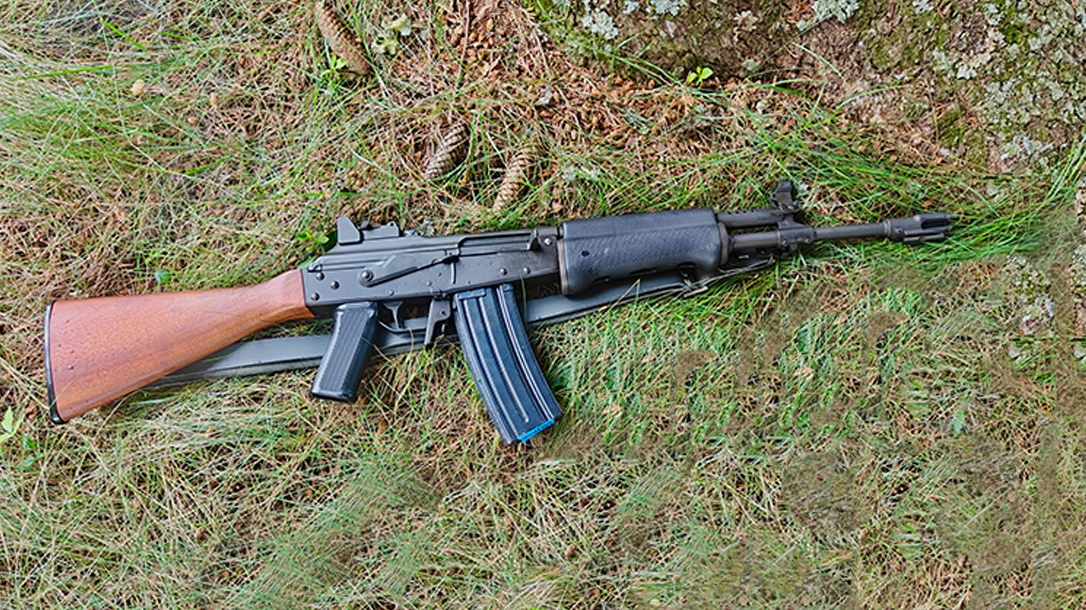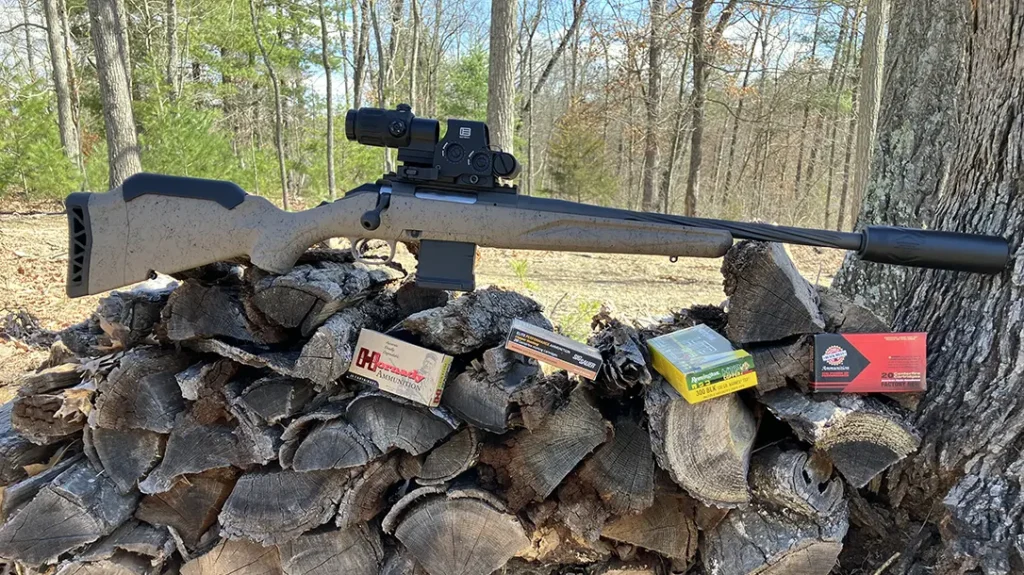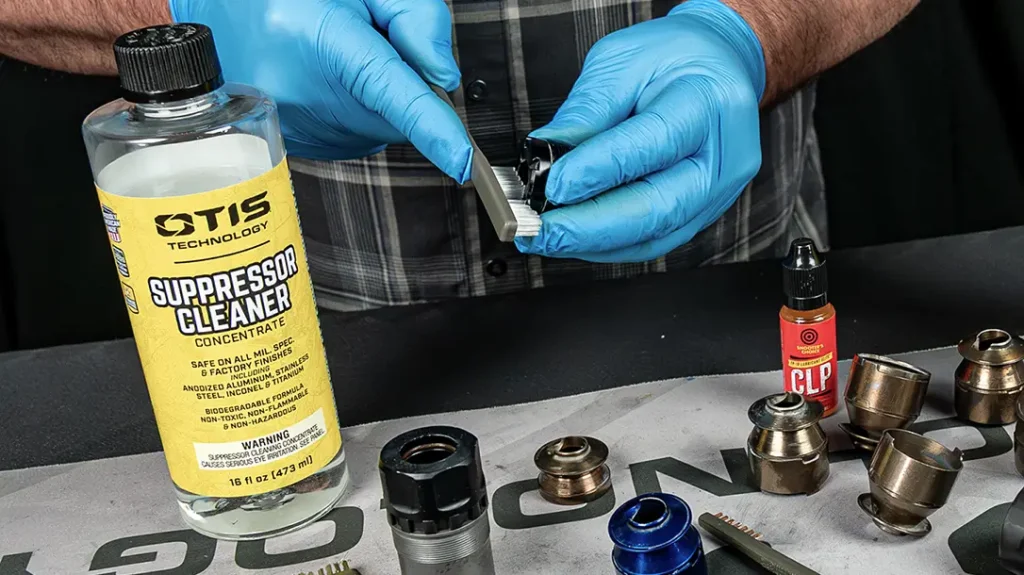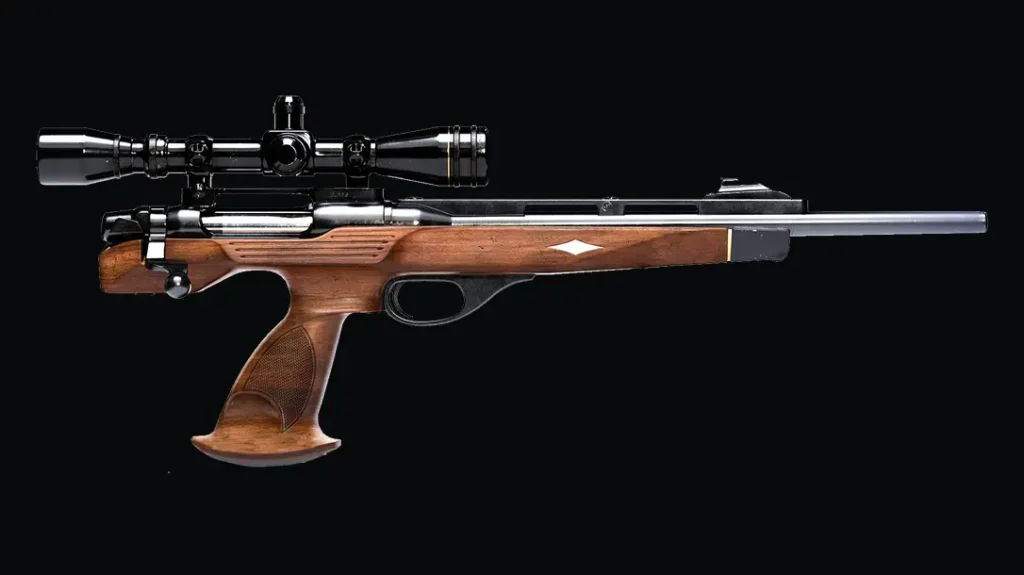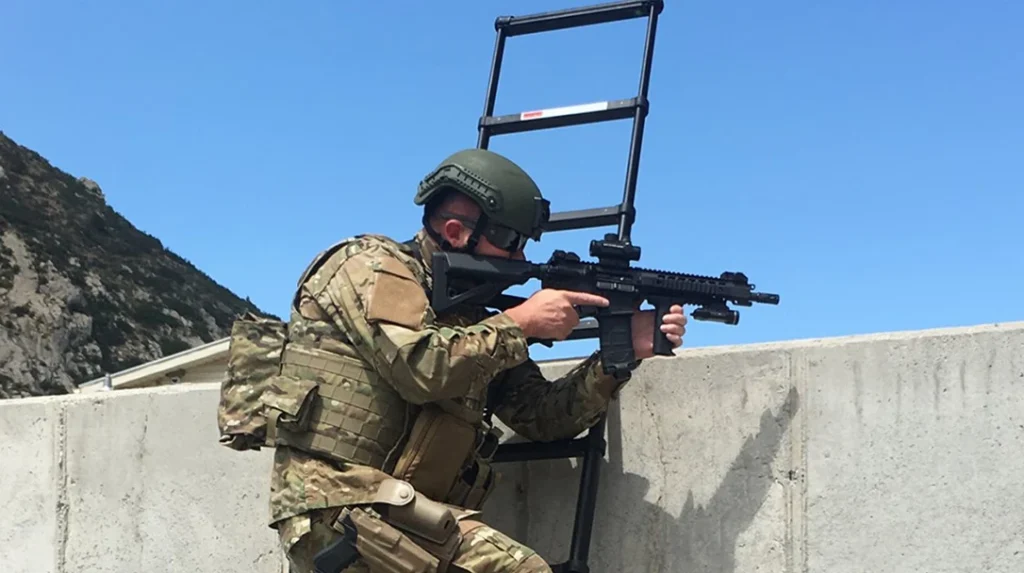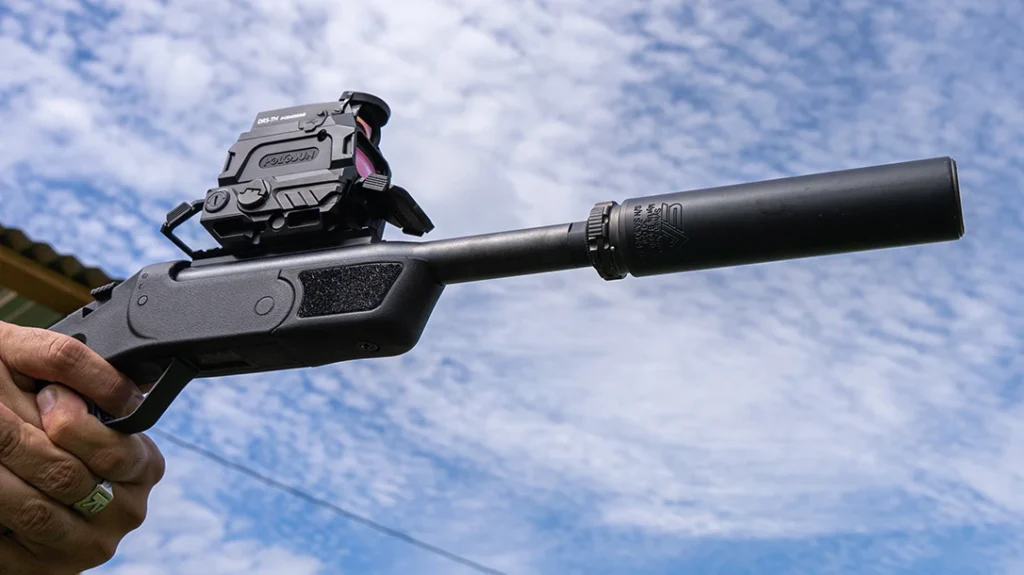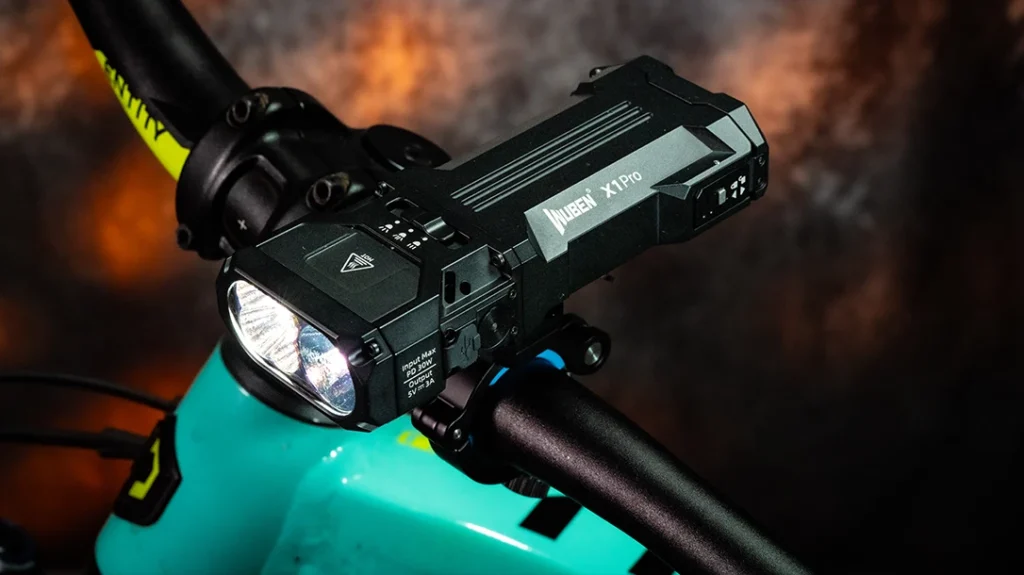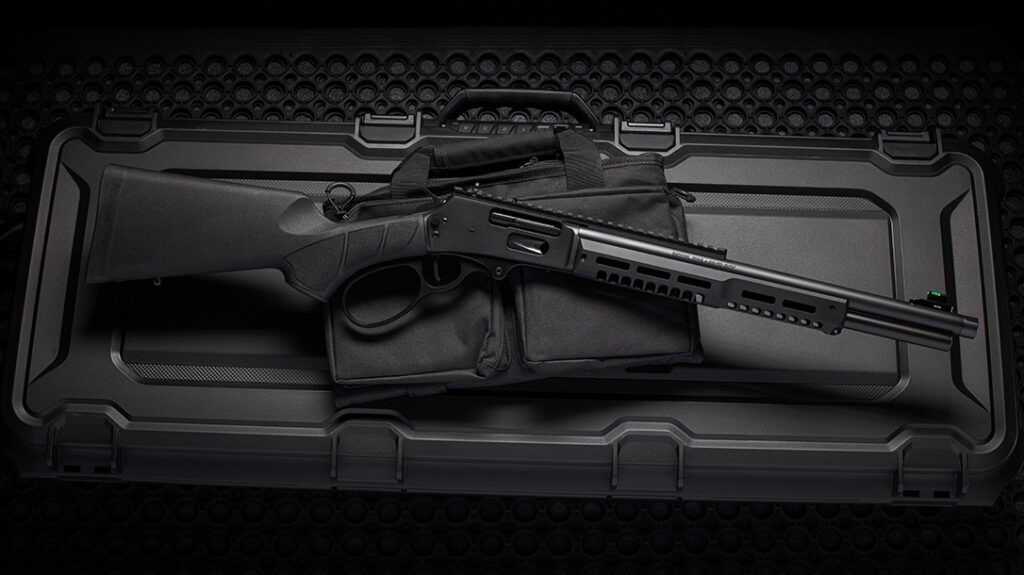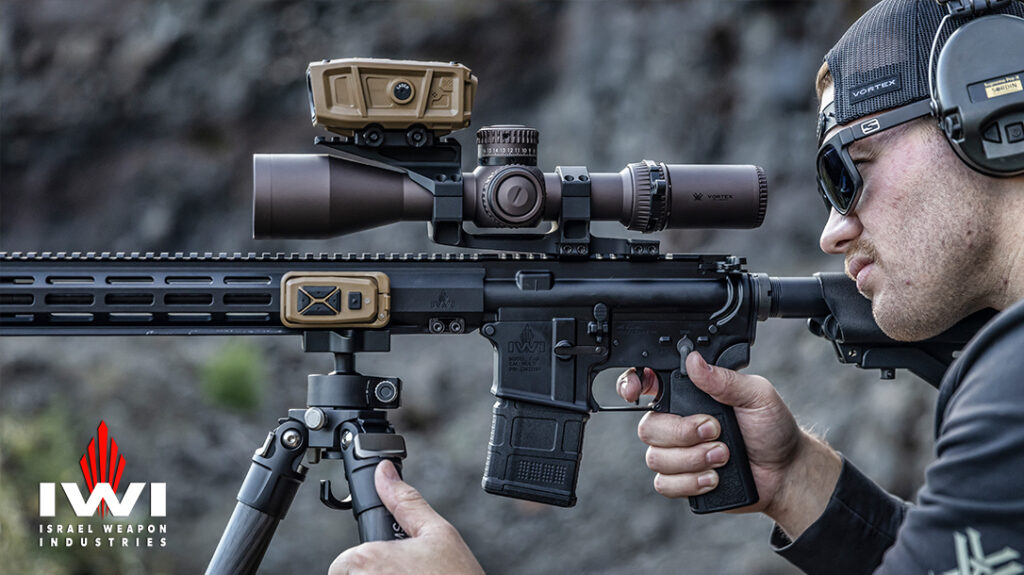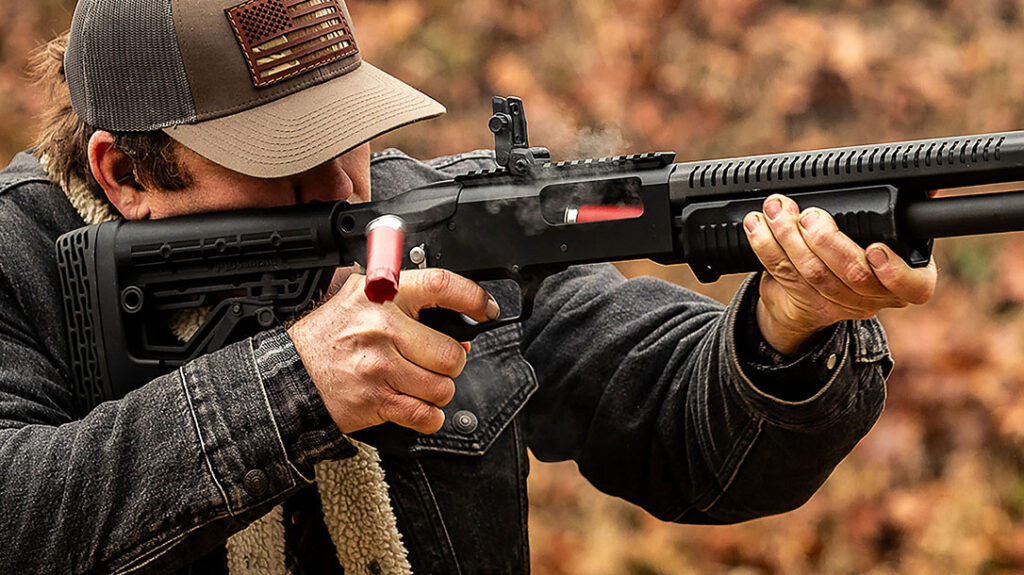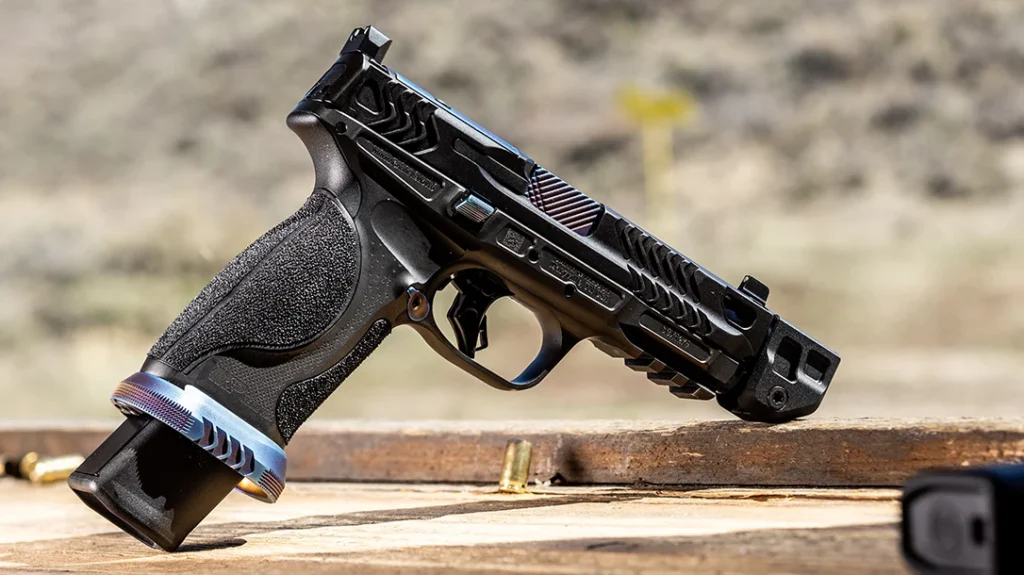Finland’s relationship with the AK platform started early. But in true Finnish tradition, it wasn’t about copying—it was about refinement. In the late 1950s, Finnish engineers evaluated several AK variants. They settled on a licensed Polish model that they modified and adapted into the RK-62 assault rifle.
Compared to the then-current standard, the Soviet AKM, the Finnish RK-62 relied on tighter manufacturing tolerances, better barrel quality and aperture-style iron sights. As a result, it possessed a better accuracy potential along with reliability in cold environments. The RK-62 wasn’t a recycled parts gun. The Finns purpose-built it to defend their homeland.
Fun fact: Israeli Galil rifles are also based on the RK-62 design. More on this later.
Advertisement — Continue Reading Below
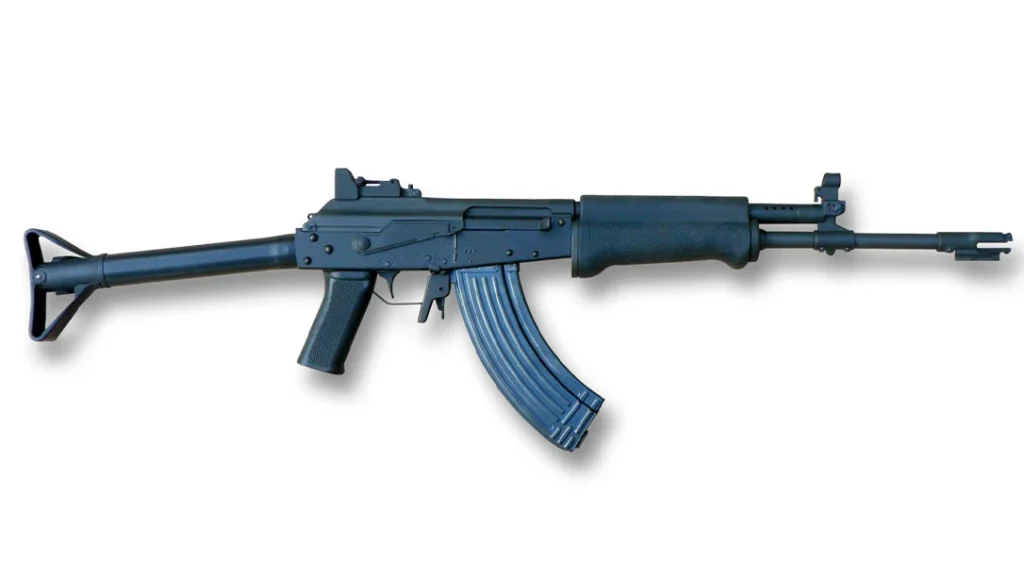
Later on, the RK-62 evolved into the Valmet M-76. M-76s are stamped-receiver export-built RK rifle variants. Though the Valmet M-76 retained the RK 62’s internal precision, it added lighter construction and a Western-friendly chambering: .223 Remington. Valmet M76 rifles offer familiar AK functionality with better balance, reduced weight and a higher-quality fit and finish compared to the typical Combloc Kalashnikov.
The Finnish State Rifle Factory
Valmet’s origins go back to Valtion Kivääritehdas (State Rifle Factory), established in Jyväskylä in 1926. Valmet, also known as VKT, was Finland’s main small-arms factory. VKT produced iconic weapons like the Lahti-Saloranta M/26 light machine gun and the Lahti M/27 rifle during the interwar years. In 1946, the factory was absorbed into the government-owned Valtion Metallitehtaat, which was reorganized and renamed Valmet in 1951. In the mid 1980s, Valmet’s remaining factory merged with SAKO and the VKT era was over.
Advertisement — Continue Reading Below
Valmet was quite active during the Cold War producing Finnish small arms. Valmet built its reputation on those RK series rifles. RK-62s and M-76s were made to very high standards that put them on a different level of AK variants altogether. Both the RK-62 and M-76 reflected this. Valmet produced these rifles with cold hammer-forged barrels and a level of machining that resulted in accuracy far beyond the typical Kalashnikov. Unfortunately, Valmet’s export models eventually succumbed to import bans of the 1990s. Though civilian imports to the U.S. ceased, the Valmet legacy remained intact.
Valmet M-76 Design Features
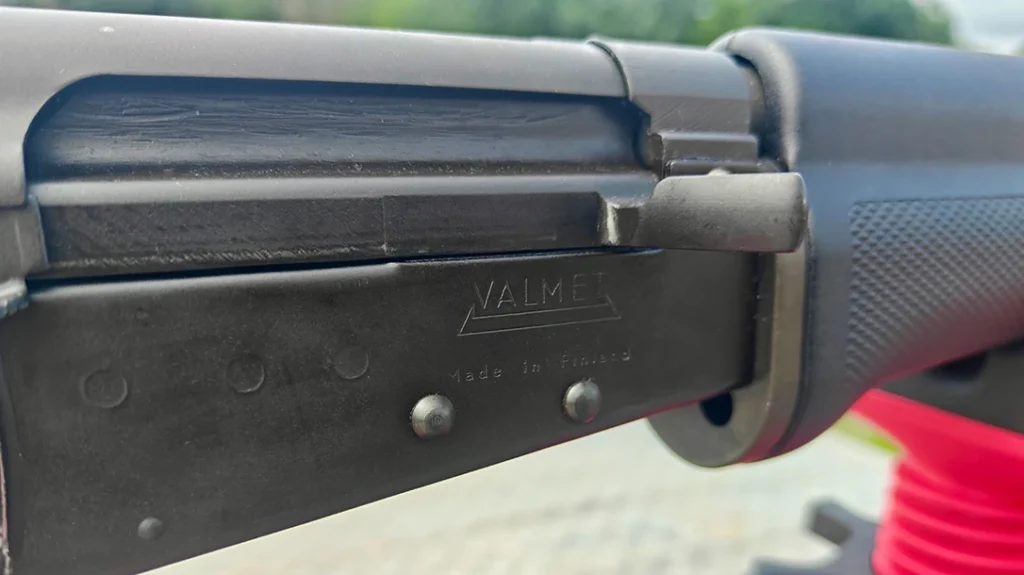
Though the M-76’s stamped receiver is believed to be cut from 1mm-thick steel, my example measures closer to 1.3mm (near the magwell). Furthermore, all of its rivet work is clean. The dustcover fits over the receiver snugly without reinforcements. Thanks to its construction, this rifle handles more like a milled gun in rigidity and balance–but not in weight; it’s stamped after all.
Advertisement — Continue Reading Below
The barrel is cold hammer-forged but not chrome-lined, which favors long-term accuracy over corrosion resistance. With quality ammunition, shooters regularly see 1.5–2 MOA groups, well above the AKM average.
Valmet M-76 furniture typically consists of black polymer handguards paired with wooden stocks. This pairing may look strange, but works well. The polymer handguard resists heat under sustained fire, and the wood stock keeps weight down and maintains durability. Valmets have uniquely pistol-grips too. They differ from standard AKM patterns, offering a more vertical, ergonomic feel.
The M-76 keeps standard AK controls. The well-known right-side safety / selector lever and forward charging handle remain in place. However, the Valmet’s improvement is found in its trigger. Valmet M-76 consists of two-stage triggers with clean breaks and smart resets. Finally, the magazine release paddle flares slightly rightward for quicker manipulation—something many AK shooters now retrofit.
Advertisement — Continue Reading Below
Field Impressions & Practical Performance

Valmet M-76 recoil is minimal, thanks in part to the .223 Remington cartridge. During shooting, the rifle possesses a clean recoil-impulse that does not disrupt the sight picture. The action cycles smoothly, something polished Valmets are known for. Spent case ejection is strong and consistent as well.
On the range, the M-76 stands out not just for how it shoots, but for how handles during shooting. This rifle is balanced, predictable and doesn’t fight the shooter.
Advertisement — Continue Reading Below
Since these rifles come equipped with aperture sights that give them a longer sight radius, the M-76 has an aiming advantage over other AK variants. During side-by-side testing against a Galil, Saiga .223, and MAK-90, the M76 held a clear edge in accuracy and handling.
The Galil, built from a SAR kit on a TorTort receiver, was the closest in performance. It’s not surprising given its shared lineage. Both the Galil and the Valmet benefit from aperture sights and solid triggers. The M76 pulls ahead slightly, due to lighter weight and better overall balance.
The differences between the Valmet M-76, the Saiga and MAK-90, are more pronounced. The Saiga is a solid rifle, but it feels underbuilt next to the M-76. The Saiga’s handguard suffered from heat transfer issues, and the sporterized configuration demands effort to convert properly. To the Saiga’s benefit, its side rail allows for easy optic mounting–one of its few real advantages.
Advertisement — Continue Reading Below
The MAK-90 has no problems with reliability, and its build quality is also high. But thanks to its milled receiver, it’s heavy. Not to mention, the original thumbhole stock, slant-cut receiver and inconsistent barrel dimensions can make this Norinco product frustrating to work with. While it absorbs heat well and handles recoil fine, the trigger and ergonomics aren’t close to the Valmet at all.
Shared Bloodlines: The M-76 & the Galil
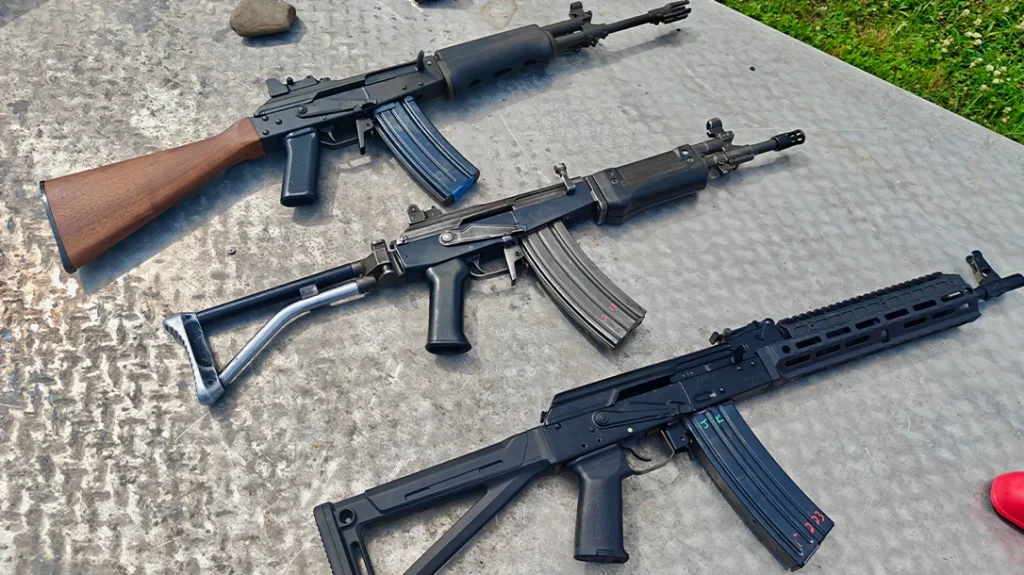
Israel’s Galil owes a lot to Finnish engineering. Early Galil prototypes were built using RK-62 receivers and Finnish tooling. Even as the Galil’s design matured and evolved, that DNA carried through to its regular production phase.
Advertisement — Continue Reading Below
Like the RK-62, the Galil uses a milled receiver. It also weighs more than the M-76, and to the Galil’s credit, it adds its own enhancements. Galils have an ambidextrous safety / selector, their signature upturned charging handle and proprietary side-folding stock. Galils were built to rugged service rifles meant for the frontline, but they’re heavy, and that weight wears on you fast.
At the trade-off of certain enhancements, the Valmet M-76 gains better balance and handles lighter. In terms of practical accuracy, both rifles perform well. But again, the M-76 has an edge due to its trigger and barrel setup. The Galil is built for battlefield punishment; the M76 is built to shoot well.
Valmet Versus Kalashnikov
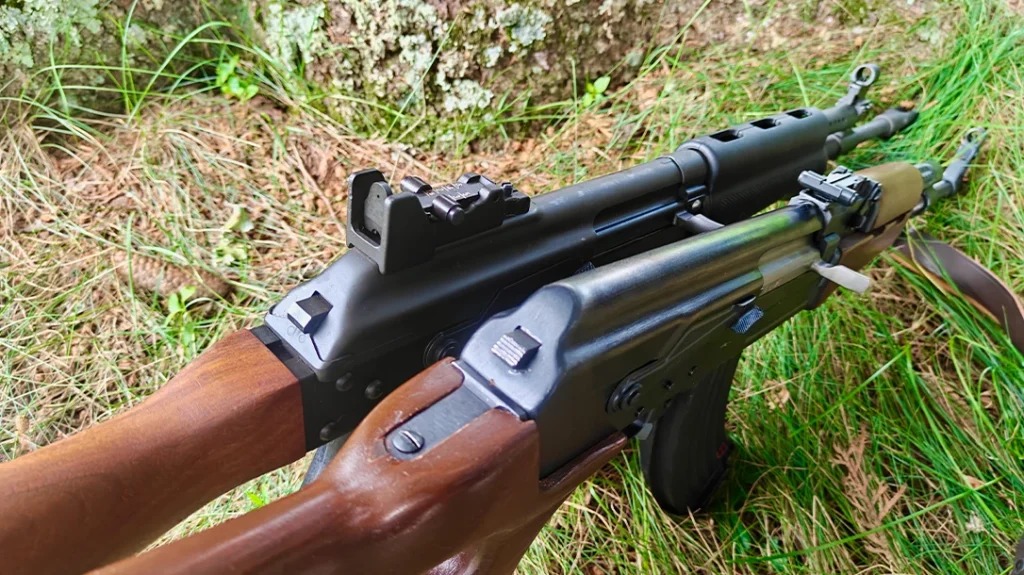
Advertisement — Continue Reading Below
The Saiga .223 is a civilian rifle produced under the Saiga sporting line. In a nutshell, it’s a repackaged stamped-receiver AK that’s altered for compliance and export. They come with sporting furniture, relocated trigger groups and no muzzle devices. Like Type-IV AKs, most Saigas use 1mm stamped receivers with chrome-lined barrels. Depending on the load, their accuracy typically lands between 3–4 MOA.
Though reliable, Saigas lack refinement. The stock trigger is heavy, the furniture feels awkward and the overall finish is utilitarian–AK paint. It’s a good base rifle for those planning to convert or upgrade it into a proper AK. But if you want precision out of the box, the M-76 is no match.
The Norinco MAK-90 is one of the more common milled AKs on the U.S. market. Their heyday dates back to the 1980s and 1990s, when they were imported. MAK-90 metallurgy is solid, and MAK-90 receivers are thick and rugged. However, the MAK-90 also suffers from heavy-handed sporterization. It comes with a thumbhole stock, an irregular slant-cut receiver and a wide range of barrel specs.
MAK-90 accuracy is decent for a Kalashnikov variant, with groups that average around 2.5 to 3.5 MOA. But MAK-90 triggers are long and gritty. And unless you convert it, it’s a very awkward-looking rifle. There’s little doubt that the MAK-90 can take abuse and still run, but it lacks the balance and polish the M-76 offers.
Closing Thoughts
Across the board, the M-76 feels like it was built for shooters and not just like another commodity service rifle. It rewards disciplined marksmanship without punishing poor form. But it works well with one expensive caveat: the magazines. Valmet M-76 feed angles are unique and thus the rifle uses proprietary magazines. Nowadays, Valmet magazines can fetch $600 or more, each. I’ve had mixed success with Tapco Galil magazines.
The Valmet M-76 isn’t just another AK. It’s what happens when a country decides good enough isn’t good enough. In classic Finnish fashion, the Finns execute with a product-improved version–think Soviet Mosin M91/30 vs Finnish M39.
The Valmet M-76 rifle signialed the high watermark of Cold War AK development. It has its Polish AK roots, the original RK-62 lineage and level of attention to detail rarely seen in stamped-steel AKs.
In terms of shootability, the M-76 far surpasses alternative options. It lacks some compensating features, but holds its own with solid construction. If I had to take a rifle to war, I’d take the Galil. Besides being proven in battle, it’s the logical successor of the RK-62 and M-76. However, if I’m looking for the best AK, it’s hands down the Valmet M-76.
Whether you’re a collector or a shooter, the M-76 stands on its own. It’s not riding on legacy or looks. Ultimately, it’s a high-performing rifle, plain and simple. That’s why it still shows up in every serious conversation about the best AKs ever made.
